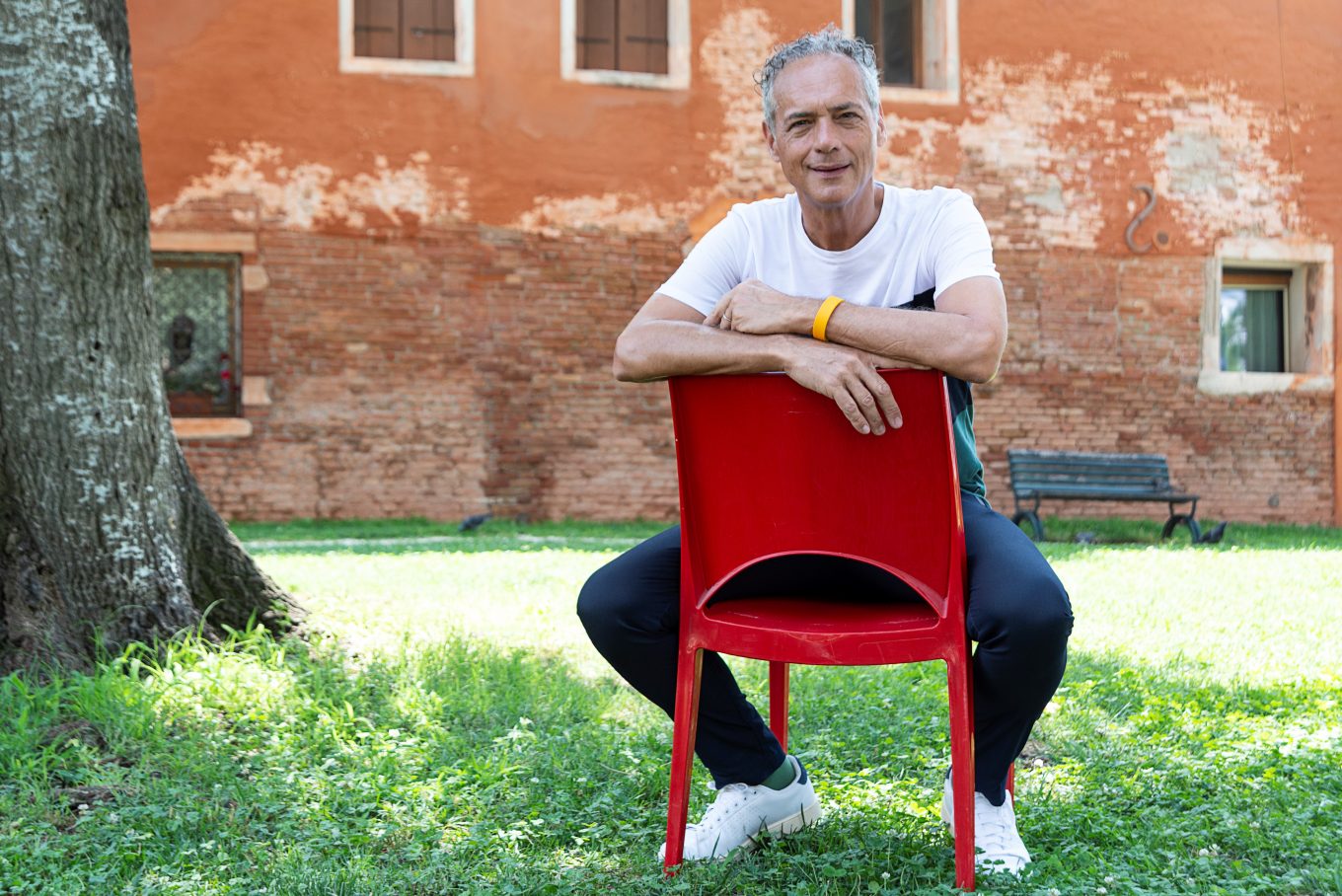Steffen Lehmann: Urbanist
My choice of place had to be Venice! The Italian city is simply too unique and memorable not to rank at the top.
In some respects, Venice is quintessentially Italian, but in others, it is a world apart. This island city has always kept mainland Italy at arm’s length and the Venetians like it that way. Over centuries, Venice architecture absorbed many influences, from the Byzantine use of bright colours to Renaissance, Gothic and Islamic architecture, achieving, however, a surprising homogeneity.
Here, I am not thinking of a particular building or piazza, but the entire context and atmosphere. The warm and sun-drenched colours of the “normal” Venice housing block, the settled change of surfaces as you walk through the laneways and cross the squares, its density and urbanity, everything feels just right.
Of course, it is also a tourist trap, lacks green space, has its own particular environmental challenges, and resembles a “museum” rather than a living city. All true. However, despite all of these challenges, its beauty is overwhelming and I fall in love with the place, again and again.
Could it be a model for future cities? What will the future of Venice hold? As a sinking city suffering from the impact of climate change, does it have a future?
Ironically, living and working as European Professor of Urbanism in Las Vegas, a fake Venice, with all its limitations, is less than a mile away from my studio, located on the Strip. Venice (the real one) offers a break from such spectacular, attention-seeking architecture. We need more quiet buildings that form the background of urban life and hold the public space network together. In Venice, everything blends in as a Gesamtkunstwerk, with a delightful and even spiritual sense of place.






